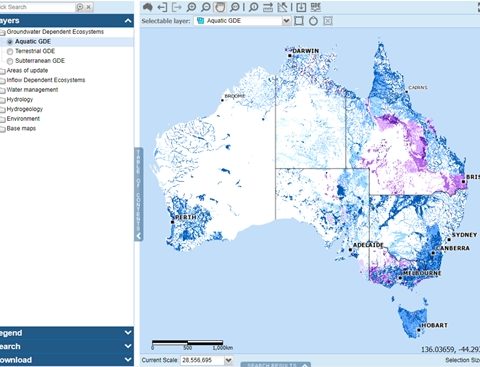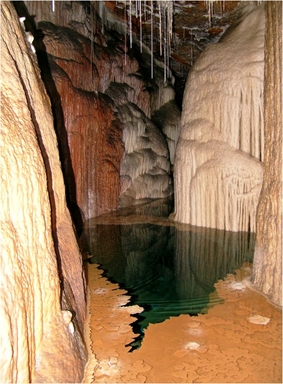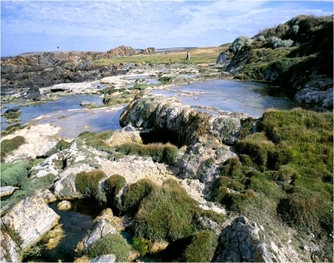Video
Webinar: Atlas of Groundwater Dependent Ecosystems
Consider Groundwater Dependent Ecosystems (GDEs) in your ground water management decision making.
About
Understanding the role of groundwater in sustaining aquatic and terrestrial ecosystems is essential for natural resource management, environmental impact assessments and water planning. The GDE Atlas is a web-based mapping application housing standardised GDE data from across the country and allows the user to visualise, analyse and download data without the need for specialised software. In this webinar, Ben DiGregorio will run through the data and tools available in the Atlas and demonstrate how it can help you with your groundwater management and planning needs.
Presenters
Ben Di Gregorio
Bureau of Meteorology
Ben is a hydrogeologist with the Bureau of Meteorology, having joined the team this year. Ben is responsible for managing and updating the GDE Atlas and serves as the Secretariat of the GDE Reference ... Read more





